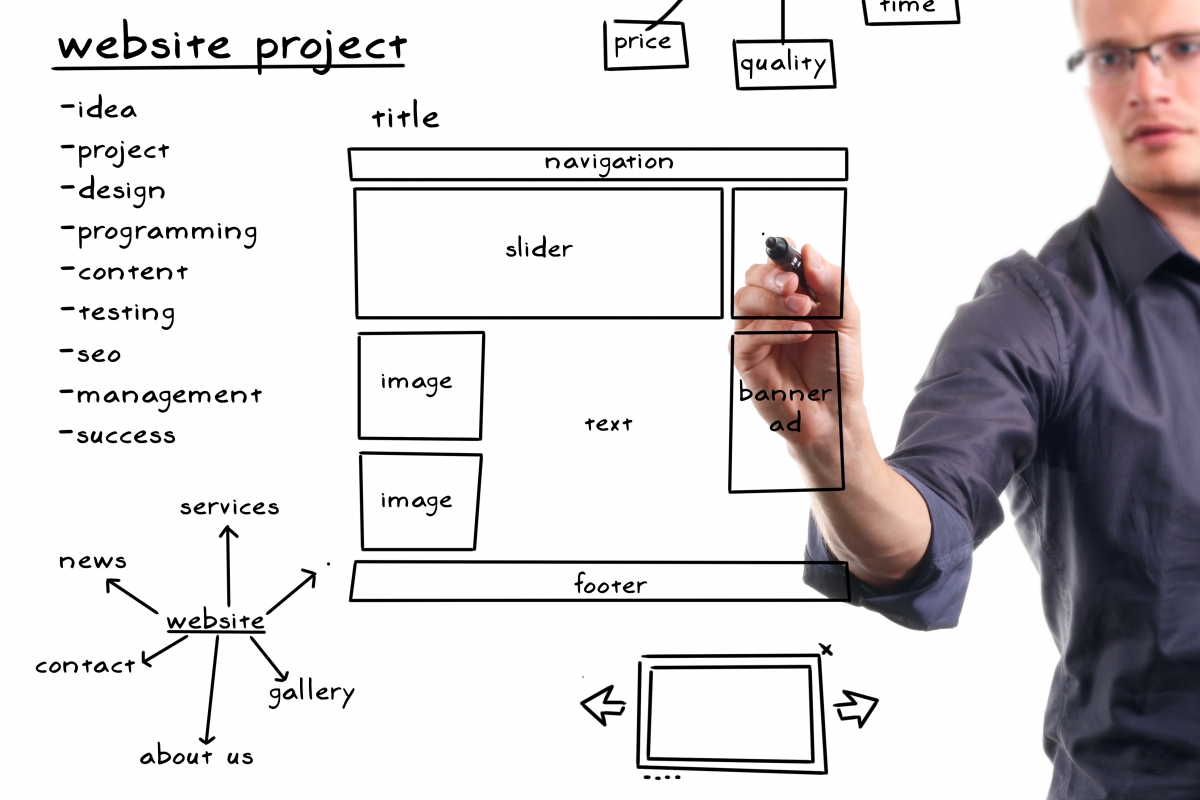For small businesses, especially startups, website design is a critical factor that can significantly influence success. A well-designed website for a startup not only establishes a professional online presence but also serves as a platform for storytelling, allowing the company to share its unique journey, mission, and values. It’s the digital storefront that is often the first point of contact with customers, investors, and partners. Therefore, it’s essential for startups to ensure their website is user-friendly, mobile-responsive, and reflective of their brand’s identity to make a strong first impression and foster trust.
The importance of ongoing maintenance for a small business website cannot be overstated. Regular updates and maintenance ensure the website remains secure, functional, and up-to-date with the latest web standards and technologies. This ongoing process helps to improve search engine rankings, enhances user experience, and prevents potential downtimes that could lead to loss of customers and sales. For small businesses, whose resources are often limited, a well-maintained website is a cost-effective tool to stay competitive and relevant in the ever-evolving digital landscape.
Common Website Design Mistakes
Common website design mistakes can greatly affect the user experience and the effectiveness of a site. Here are some key errors to avoid:
- Slow Page Load Time: Users expect fast-loading pages. A slow website can lead to frustration and increased bounce rates.
- Poor Mobile Responsiveness: With the increasing use of mobile devices, a website must perform well across all screen sizes.
- Unclear Navigation: Users should be able to find what they need quickly. Confusing navigation can lead to a poor user experience.
- Overloaded Content: Too much information or too many images can overwhelm users. It’s important to balance content and design.
- No Clear Call to Action (CTA): Every page should guide users towards a desired action, whether it’s making a purchase, signing up, or another goal.
- Ignoring SEO: SEO is crucial for visibility. Neglecting it can result in lower search rankings and less traffic.
- Compromising User Experience for Aesthetics: While a visually appealing site is important, it should not come at the cost of usability.
- Lack of Accessibility: Websites should be accessible to all users, including those with disabilities. Ignoring accessibility can alienate a significant portion of the audience.
Avoiding these mistakes can lead to a more successful and user-friendly website. Remember, a well-designed website is not just about looks; it’s about creating a seamless and engaging experience for the user.







Share Your Thoughts?